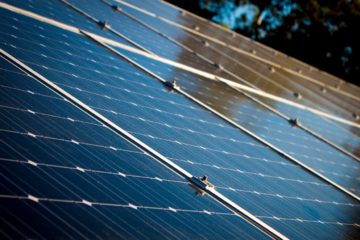Home Battery Energy Storage can get complicated, especially in Australia. With the huge array of ever changing feed in tariffs, electricity price increases, solar and battery system price drops and rules it’s no wonder most people don’t even know where to start!
So today we’re going to go over a brief but solid outline on Australian Home Battery Energy Storage Systems. This introduction is designed to help answer some of the most common questions people have about residential home battery systems. It’s also aimed at the complete beginner with no assumed knowledge or expertise.
If you’re thinking about getting into home batteries, upgrading your existing solar system, purchasing a new solar plus battery system or just curious about the topic you’re in the right place! So make sure you read this great introduction and get a good foundation of knowledge to get you started!
Table of Contents
What Is A Home Battery Energy Storage System?
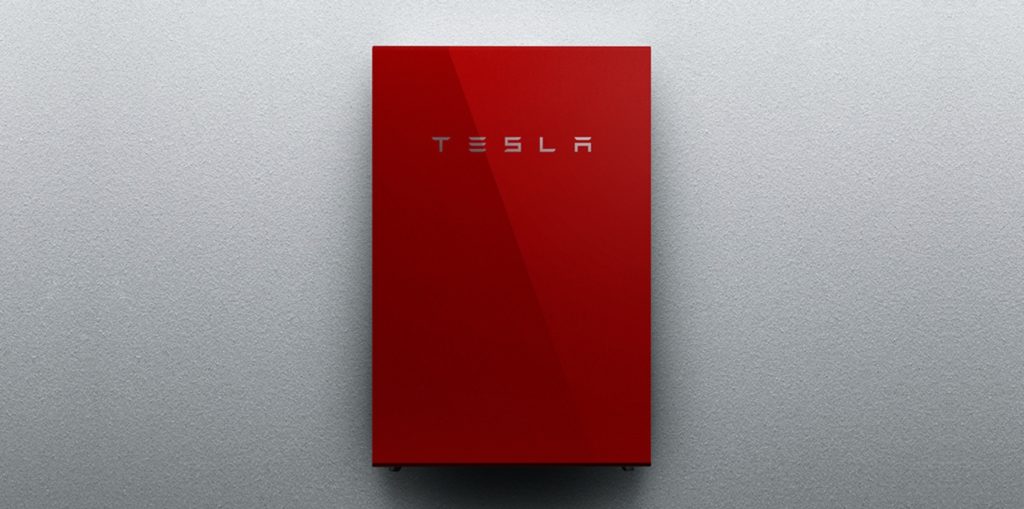
Home battery energy systems have really taken off in the last year or two here in Australia. While they were always around even 10 years ago the huge drop in price per kWh has kicked things into high gear. Add to this Tesla with their game changing Powerwall and Powerwall 2 products and things have never been so exciting. But what is a home battery system exactly?
In short it’s a giant battery that’s installed at your property. It’s connected up to your houses electrical network and can do a number of different things depending on how it’s configured and setup.
You can have it store excess solar energy that’s produced throughout the day. It can power your house with that stored solar energy once the sun goes down. It can even power your house during a power outage.
While it’s most common to have a solar panel system installed along side a home battery this isn’t a requirement. Home batteries can store energy from any source. You could have it hooked up to a small wind turbine or even connected directly to the grid. Whatever way you build your system they offer a number of valuable benefits from personal power backup to helping the grid not get overloaded.
How Do Home Battery Energy Storage Systems Work?
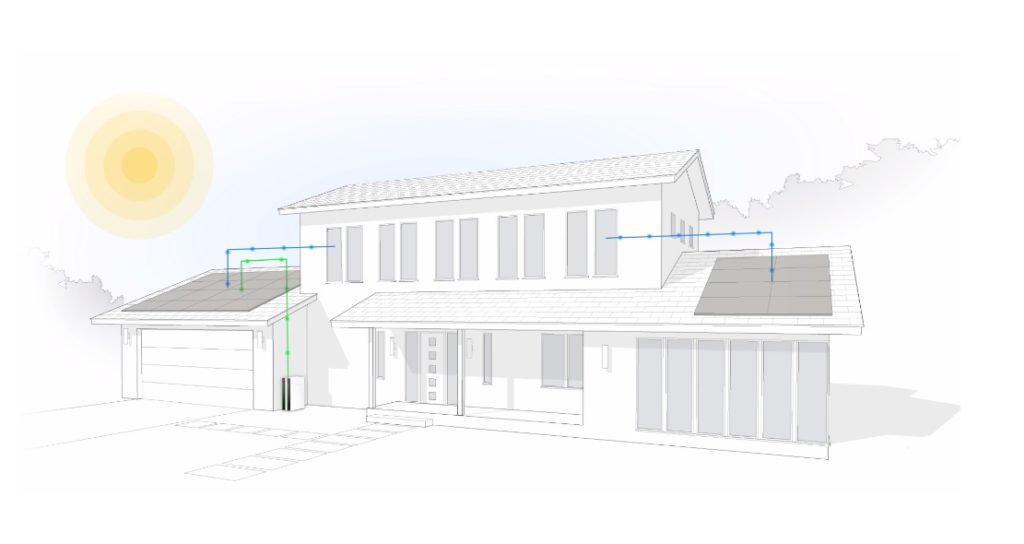
While you can setup a home battery storage system in many different configurations we’ll focus on the most common one here as this article is meant for beginners predominantly.
As such, the most common case is where the house has solar panels on the roof and a battery usually in the garage or outside. The two systems are hooked up together with inverters and other smarts which manage the flow of electricity to help meet the needs of the home owners, whatever those needs may be.
Usually though these needs are as follows:
1) During the day send the power produced by the solar panels to the house for use. If there is any excess power then use that to charge up the battery system
2) During the night use up the stored battery energy to power the house. If the batteries power runs out then use the grid to power the house
Obviously this is just one small use case and there are many other options such as powering the whole house with the batteries during a power outage. You can also configure the systems to charge the batteries at night time when electricity is cheaper and then use that power during the afternoon when electricity is being charged at peak rates.
There”s many benefits and as Australia’s feed in tariffs, energy prices and so on evolve there will be more and more. If you’d like some more info have a look at this Fully Charged episode below.
What’s Inside A Home Battery Energy Storage System?
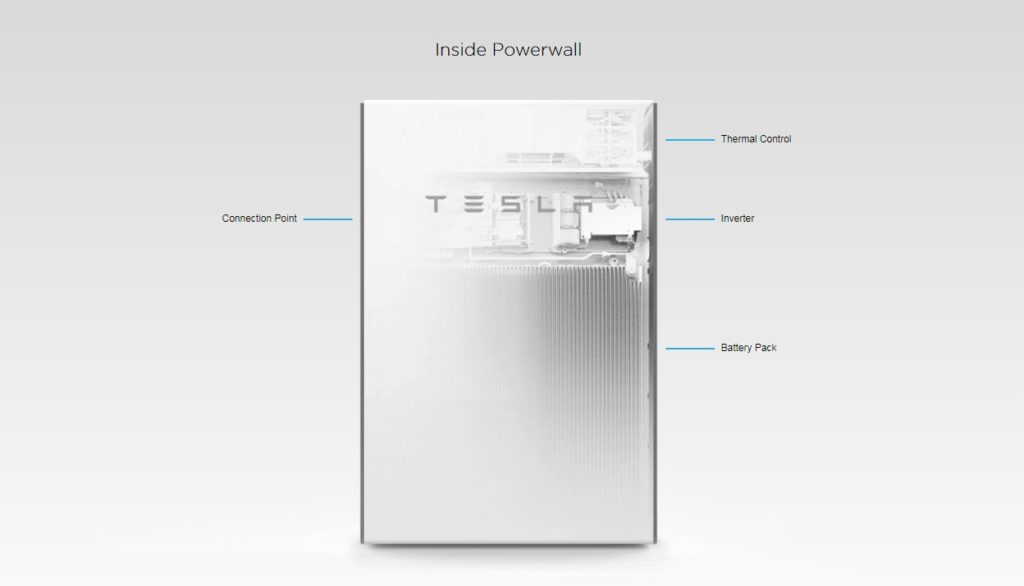
As it’s the most popular and well known I’m using the Tesla Powerwall 2 as an example. However do know that there are many other home battery systems out there such as LG’s Chem Resu, Enphase or even Samsung. These come in different sizes with different warranties, pro’s, cons and of course price points. If you’d like to see a huge array of these different batteries compared visit SolarQuotes Battery Storage Comparison Table.
Looking inside the Powerwall 2 though we can see that it’s mainly made up of – dur – battery packs. That’s not all though as there can be many other components such as a DC to AC inverter, thermal controls and even connection ports or Wi-Fi chips so that the battery can communicate with other control systems and tell it how much energy it has left, how much it’s using and so on.
The Powerwall 2 model example is three-phase compatible; has a 14 kWh capacity (13.2 kWh usable) and a 7 kW peak / 5 kW continuous output capacity. It is a wall or floor mounted, liquid thermal controlled unit weighing around 122 kg – which is pretty impressive when compared to much heavier traditional deep cycle batteries.
Obviously each home battery system is different with most of them not actually including the battery inverter inside the battery unit. That being said the Tesla Powerwall 2 is quite a bit bigger than some others which prefer to house smaller sized batteries such as 6.5 kWh units or even 1.2 kWh for Enphase systems.
How Much Money Could You Save With A Solar Battery System?

Once again we’re headlining this answer with “it depends”. Working out the figure you’ll save – or loose – by buying a home battery system is quite technical. While the math itself isn’t anything hard it does involved a large number of variables that are constantly changing. These are things like
- peak / off peak electricity prices
- cost of battery unit, solar and installation
- financing costs if the battery isn’t bought outright
- feed in tariff schemes in your specific state
- your personal home power usage patterns
- and more…
Sometimes you’re better off using your solar power to charge the batteries and other times it makes more financial sense to export that power directly to the grid. Also this doesn’t take into account that some wish to minimise their reliance on grid power so that they can be as eco friendly as possible, money be damned!
To answer this question at least partially though the general way to figure it out is to try and use as little on peak grid power as possible. For most this will involve getting a 5+ kWh solar array to power their home during the day as well as charge the battery system.
As the sun goes down and the solar panels stop producing power, the battery system kicks in and continues to fully power the house. If you’ve configured things right the battery should just last until you go to bed that night at which point the whole process starts again.
The end result is that you might pay for a few kWh’s throughout the year when the weather is particularly bad or you use an unusually high amount of electricity. But by and large your grid energy consumption should plummet to anywhere from 0-20% of what it was before.
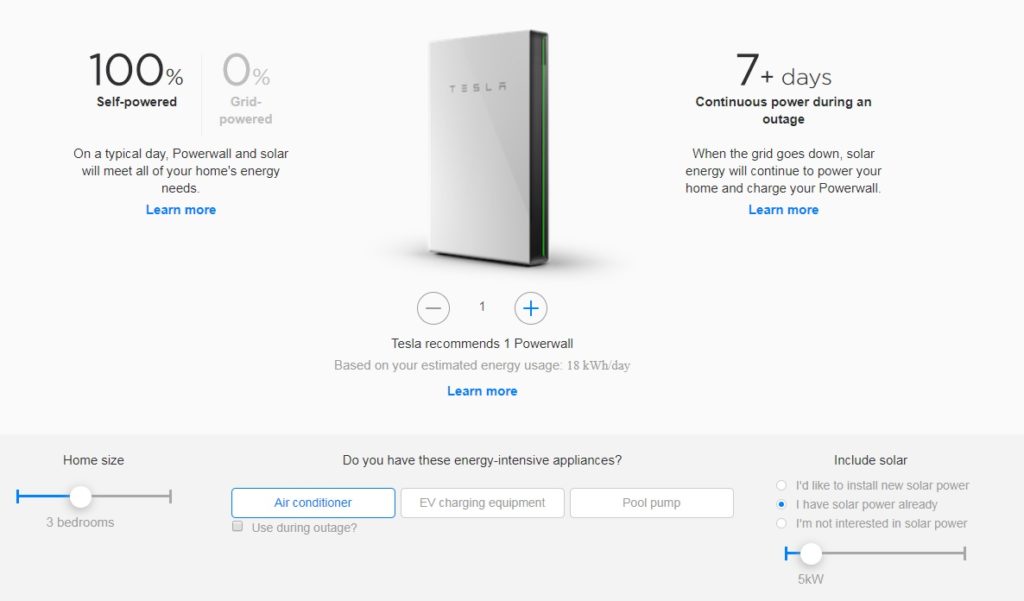
An example of a 3 bedroom house using 18 kWh/day and a 5 kW solar system
Tesla have a very simplified calculator to help you visualise and play around with this type of scenario here. Ultimately as this calculation is so personal and requires so many different inputs it’s best to get a professional to run through the numbers for you, likely the people that you’re looking at buying your system off. Solar and battery systems are not cheap so if ROI is your concern make sure the numbers are correct.
Go Solar Or Solar + Battery Now – Or Wait?
Currently many people – especially in Australia – are asking whether or not it’s a good idea to buy a new solar panel system or to buy one with a battery system included. Thankfully with this question we can give very generalised and solid answers!
If you have room on your roof and own it, you should buy as many solar panels as you reasonably can. While some Distributed Network Service Providers, or DNSPs only allow a maximum solar panel system size of 5 kW’s you can still install slightly more than this (around 6.5 kWh) by only installing a 5 kW inverter. If you have three phase power in your home you might be able to install even more.
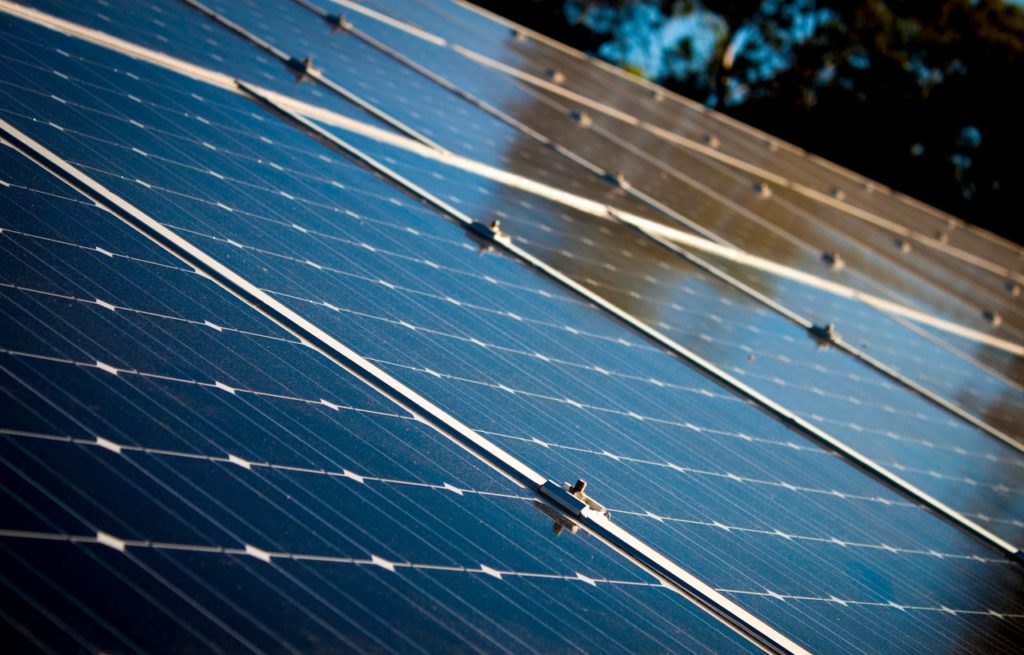
Either way, solar panel systems are a no-brainer at this point. They easily pay for themselves and every kilowatt of power they produce reduces the power drawn from the grid. And in Australia at least, that’s a very dirty grid so it’s a fantastic all round deal.
When it comes to home battery systems however, at least for now they don’t appear to be able to pay for themselves just yet. Hopefully that will change with the next generation as battery costs fall but in general, for most standard home use cases they will either loose you money or at best, roughly break even.
The benefits include: 1) How to get those silky smooth videos that everyone loves to watch, even if you're new 2) How to fly your drone, from taking off to the most advanced flight modes 3) Clear outlines of how to fly with step-by-step instructional demonstrations and more 4) Why flying indoors often results in new pilots crashing their drone 5) What other great 3rd party apps are out there to get the most out of your drone 6) A huge mistake many pilots make when storing their drone in the car and how to avoid it 7) How to do all of these things whilst flying safely and within your countries laws.



